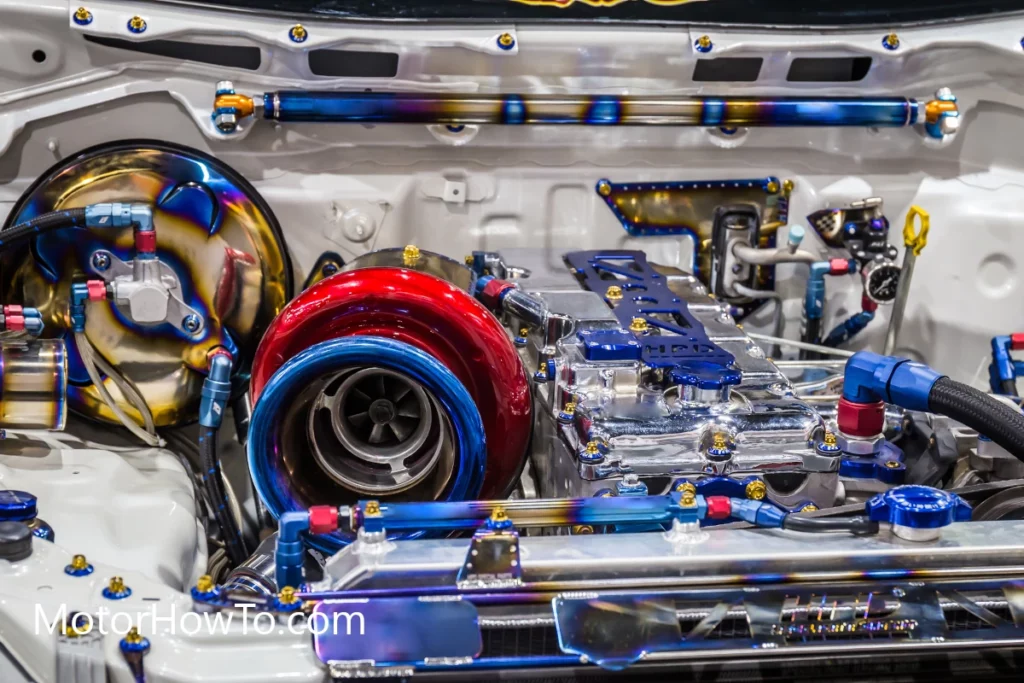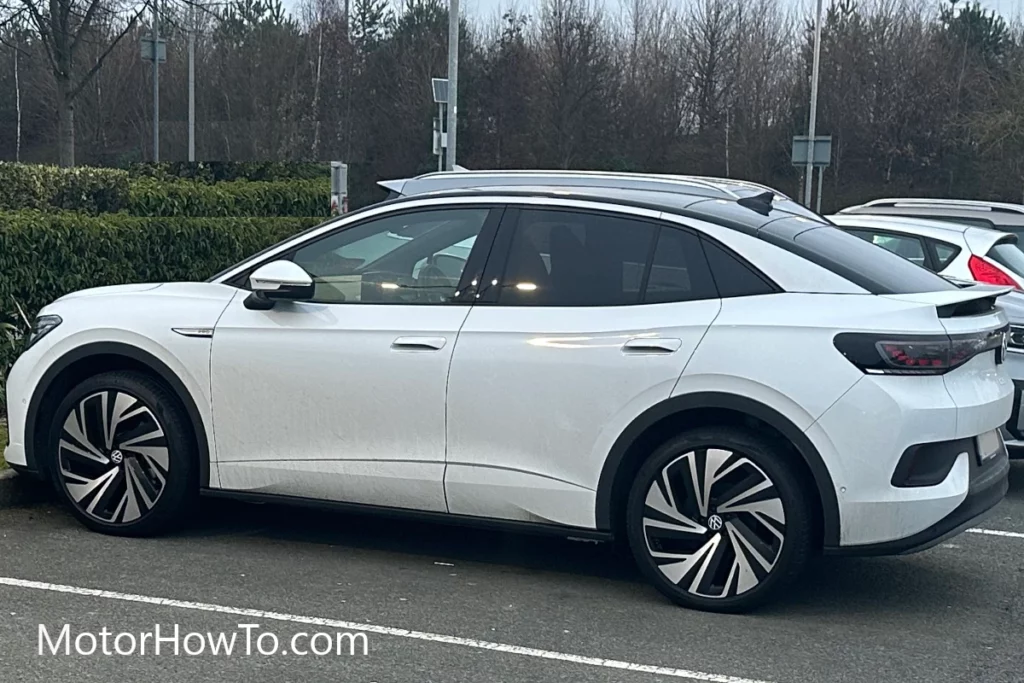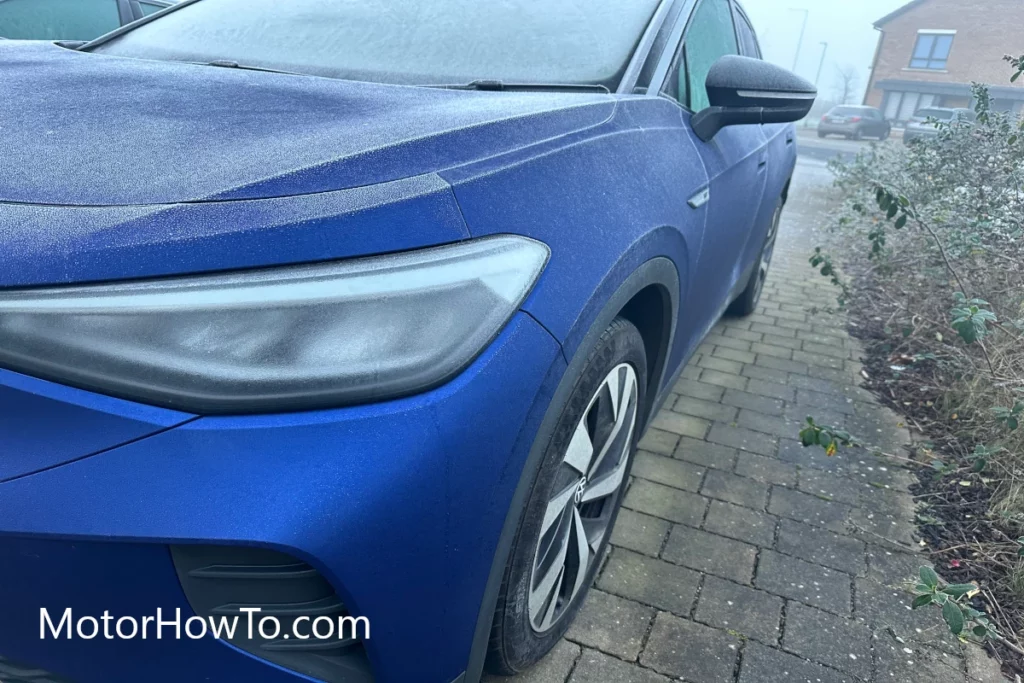The quest for enhanced performance and efficiency has birthed various technological advancements in turbocharged engines.
Two notable contenders in this race are systems that, although distinct in design and functioning, seek to optimize how turbochargers operate.

As enthusiasts and engineers debate their merits, we delve into the intricacies of these systems, aiming to decipher which might have the edge in turbo performance.
Dive in as we unravel the complexities and comparisons between these two remarkable innovations.
Related:
- Fleece Cheetah vs Stealth 64 (Detailed Turbocharger Face-off)
- Chevrolet 6.0 vs 8.1 (Engine Performance, Efficiency, & Reliability)
- LMM vs. LBZ (Comparison of Duramax Diesel Engines)
Understanding Turbo Performance: Primer
Turbochargers, commonly referred to as turbos, are essentially air compressors driven by exhaust gases. Their primary function is to force more air into the engine’s combustion chamber, allowing for a larger fuel mixture and, consequently, a more powerful explosion.
This augmentation in the combustion process results in increased power output from the engine. Turbo performance, therefore, hinges on the efficiency and capability of this system to boost engine power without causing excessive heat or strain.
However, not all turbos are created equal. Various factors influence a turbocharger’s performance, including its design, size, materials, and the specific engine with which it is paired.
The ideal turbocharger maximizes the engine’s power output while minimizing lag—the delay between the driver accelerating and the turbo delivering increased power.
As technology has advanced, modern turbos have become more efficient, reducing lag and enhancing durability, but the essential metrics of performance remain consistent: responsiveness, power boost, efficiency, and reliability.
HSP Turbo Systems: Features and Advantages
HSP, renowned in the aftermarket automotive sphere, offers a range of turbo systems that cater to diverse performance needs. While it’s critical to remember that the features and advantages can differ based on specific models and configurations, several consistent strengths make HSP stand out in turbocharging.
- Innovative Design: HSP turbo systems often incorporate cutting-edge design features that optimize airflow and minimize restrictions. This results in a more efficient power delivery and reduced turbo lag.
- Durability: Built with high-quality materials, HSP turbos are engineered to withstand the rigors of high-performance applications, ensuring longevity even under strenuous driving conditions.
- Customization: One of the unique selling points of HSP is its adaptability. Many of their turbo systems offer a degree of customization, allowing users to tailor their setup to specific needs or performance goals.
- Efficient Cooling: Effective cooling is crucial for turbo longevity and performance. HSP systems typically have efficient intercoolers and cooling mechanisms to keep temperatures in check, even during aggressive driving.
- Reduced Backpressure: By optimizing exhaust flow, HSP turbochargers can effectively minimize backpressure. This not only boosts engine performance but can also improve fuel efficiency.
- Comprehensive Kits: HSP offers comprehensive turbo kits for those looking for a holistic upgrade. These include all necessary components for installation, streamlining the upgrade process, and ensuring compatibility.
- Expert Support: HSP backs its products with expert support, offering guidance for installation, maintenance, and troubleshooting, making it easier for novices and seasoned car enthusiasts.
In summary, HSP Turbo Systems combine innovative design with top-tier manufacturing practices, delivering products that prioritize performance and durability. Their dedication to providing a wide range of options ensures an HSP solution for various performance needs and preferences.
WCFAB Turbochargers: Key Characteristics
WCFAB, or Wherli Custom Fabrication, is another heavyweight in turbocharging, known for its commitment to delivering quality and performance. When examining WCFAB turbochargers, several key characteristics and attributes set them apart.
- Precision Engineering: WCFAB turbochargers result from meticulous engineering, ensuring that each part performs optimally. Their designs often focus on maximizing efficiency while minimizing potential points of failure.
- Top-Tier Materials: WCFAB doesn’t compromise on materials. Their turbochargers often feature high-quality metals and compounds, ensuring they can handle extreme conditions within a turbocharged engine.
- Performance-Driven: Built with the enthusiast in mind, WCFAB turbochargers are designed for those seeking noticeable performance gains. Their turbos are geared towards achieving a significant boost in horsepower and torque.
- Streamlined Installation: Recognizing the importance of a hassle-free installation process, WCFAB turbo kits are designed to be as straightforward as possible, often incorporating elements that make the process more intuitive, even for those new to turbo setups.
- Aesthetic Appeal: Beyond just performance, WCFAB also emphasizes aesthetics. Their turbochargers and accompanying components often feature a polished or color-coordinated finish, adding a touch of class to the engine bay.
- Versatility: Understanding that different drivers have different needs, WCFAB offers a range of turbochargers suitable for various applications, from daily driving to aggressive motorsport scenarios.
- Customer-Centric Approach: WCFAB has earned a reputation for excellent customer service. From pre-purchase inquiries to after-sales support, they are known for their dedication to ensuring customers have a positive experience.
In essence, WCFAB turbochargers encapsulate a blend of rigorous engineering, attention to detail, and a clear focus on end-user needs.
Whether for an enthusiast looking to push their vehicle to new limits or someone seeking a reliable performance upgrade, WCFAB has positioned itself as a go-to choice in the turbocharging domain.
Technical Specifications: A Comparative Analysis
In the turbocharged arena, the fine print of technical specifications can drastically influence performance outcomes. Both HSP and WCFAB turbochargers stand out in the market, but each has unique strengths and characteristics.
A side-by-side comparison, focusing on core specifications, can provide a clearer understanding of their offerings.
Specification | HSP | WCFAB |
|---|---|---|
| Turbo Size & Configuration | Range of sizes for diverse applications | Broad spectrum, from balanced to peak power setups |
| Compressor Wheel Dimensions | Optimized for balanced performance | Aims for efficiency and broad torque curve |
| Bearing Type | Journal or ball bearing setups, varies by model | Advanced ball bearing designs in some models |
| Maximum Boost Pressure | High-pressure capacity, specific to model | Designed for robust high-boost scenarios |
| Materials & Construction | High-quality metals and components | Premium materials with emphasis on heat resistance |
| Cooling & Lubrication | Efficient cooling mechanisms | Advanced cooling with some models offering enhanced lubrication |
| Turbine Housing A/R Ratio | Range offered for tailored powerband | Options for either quick response or top-end power |
| Compatibility & Adaptability | Versatile setups for diverse engines | Kits designed for specific vehicle integrations |
Reliability and Durability: Which Lasts Longer?
In the high-performance realm of turbochargers, HSP and WCFAB have carved a niche for themselves, but questions about longevity often arise. Reliability and durability are not just measures of lifespan but also indicators of sustained performance over time. When assessing HSP and WCFAB, it’s essential to gauge the materials used, engineering precision, cooling efficiency, and user feedback, all influencing their turbo systems’ overall resilience and trustworthiness.
| Factor | HSP | WCFAB |
|---|---|---|
| Materials Used | High-grade metals and components for heat resistance | Premium materials emphasizing structural strength |
| Engineering & Design | Meticulous designs optimizing airflow & reducing wear | Precision-engineered to minimize points of failure |
| Cooling Mechanisms | Efficient systems managing intense heat | Advanced cooling solutions prolonging turbo life |
| Maintenance & Care | Designed for minimal maintenance; regular care benefits | Robust but benefits from periodic maintenance |
| User Feedback & Warranty | Positive reviews & strong warranty backing | Consistent user satisfaction & substantial warranties |
Installation and Maintenance: Ease vs. Complexity
When it comes to turbochargers, the process of installation and ongoing maintenance can be as crucial as the system’s performance itself. A straightforward installation can save time and prevent potential issues down the line, while easy maintenance ensures consistent performance over the turbo’s lifespan. Here’s a comparative glance at HSP and WCFAB regarding installation and maintenance.
| Aspect | HSP | WCFAB |
|---|---|---|
| Installation Ease | Known for comprehensive kits with clear instructions, making the process more intuitive. | Streamlined designs often catered to specific vehicle models, ensuring a snug fit and smooth installation. |
| Tools & Equipment Needed | Most kits are designed for installation with standard automotive tools, but some might require specialized equipment. | Typically requires standard tools, but advanced setups might call for specific equipment. |
| Maintenance Intervals | Emphasize longer intervals between maintenance checks due to robust design. | Advocates for periodic checks, ensuring consistent performance. |
| Maintenance Complexity | is Designed for minimal maintenance, but certain models might require more in-depth care. | While built to be robust, some models might have complex maintenance needs. |
| User Support & Guidance | Offers strong customer support, including guides and helplines for installation and maintenance queries. | Renowned for its customer-centric approach, providing detailed guides and expert support. |
HSP and WCFAB are dedicated to providing users a relatively smooth experience, from installation to ongoing care. However, the specifics can vary based on the particular model and the vehicle it’s being fitted to. For the best results, users should always consult the manuals and seek expert advice if uncertainties arise.



